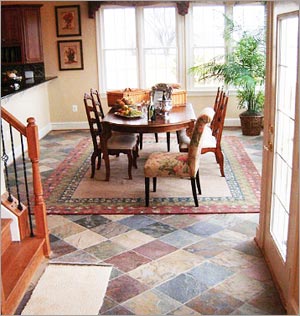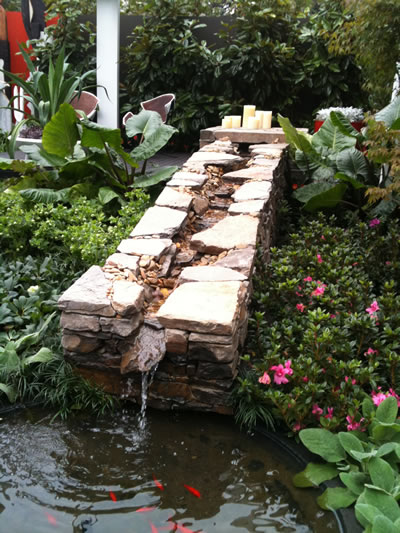
(photo credit: Justin Brierty)
Australia’s National Park Service recently unveiled a new bike path in the West MacDonnell National Park that includes a bridge made out of recycled printer cartridges. The 17 km bike path connects Alice Springs to Simpsons Gap and hopes to encourage more visitors to the park. In keeping with the government’s commitment to sustainable development, they chose low-maintenance, durable and environmentally friendly materials made from recycled plastic.

(photo credit: ABC/Kristy Nancarrow) The new bike path upgrades cost $330,000 and includes 17 km of bike path and a viewing platform at Ormiston Gorge. The new bridge is made out of Replas Recycled Plastics made by Repeat Plastics Australia. Replas uses recycled plastics from the domestic and commercial waste streams, specifically recycled printer cartridges.
Parks and Wildlife Minister Karl Hampton said, “Every year more than 120,000 people visit the magnificent West MacDonnell National Park, and by investing in our parks we are able to ensure visitors have a unique experience while we protect our environment… Here at Simpsons Gap repairs and upgrades to the Bike Path Bridge are now complete, leaving us a safer bridge for riders and a great natural aesthetic… In keeping with our government’s commitment to sustainable development, the bridge is made from recycled plastic decking or Replas, saving landfill, trees and ensuring a longer life with less maintenance.”
source








































